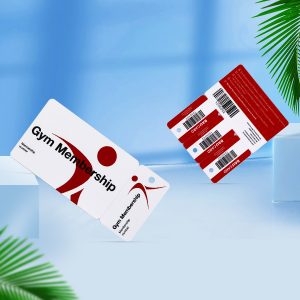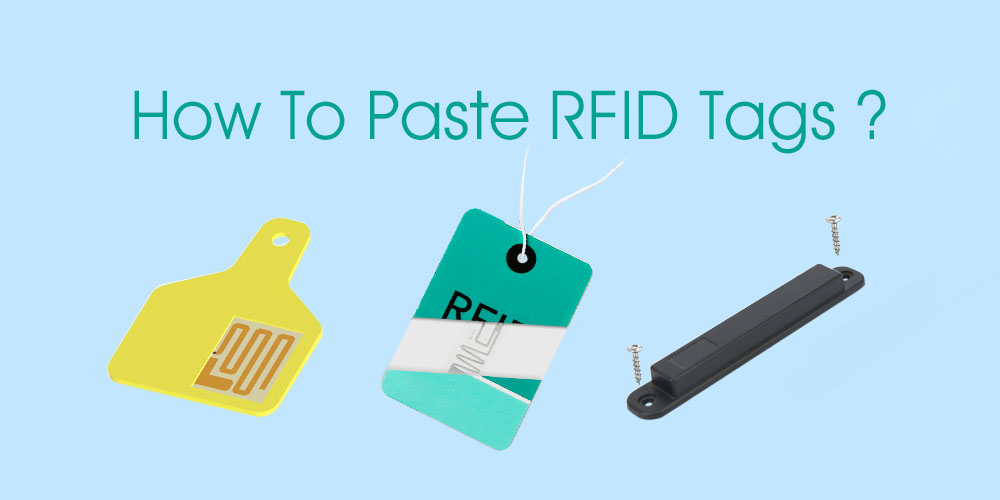
Did you know that how you attach your RFID tags to different surfaces affect their efficacy? Well, an improperly attached tag may fail to capture the reader’s signals in time, which will result in delays.
Even worse, it may fail to capture the radio waves altogether!
When this happens, your RFID tags will stop tracking your assets, and your investment will not yield the results you anticipated.
But is it all gloom? How can you attach the RFID tags for guaranteed efficacy?
If these questions are running through your mind, then this article will answer them exhaustively. Read on for more.
Methods Used to Paste RFID Tags to Assets
When attaching RFID tags to your assets, you should ensure that:
- It affixes well on the surface to avoid falling off
- The attachment with the surface does not affect its efficacy negatively
- The surrounding areas will not obstruct the reader’s signals from reaching the antenna
- The RFID tags will be safe from theft and breakage
These are the five primary methods that you can use to attach RFID tags to your assets:
Adhesives

If you want a straightforward method to attach your RFID tags, then you should consider using adhesives. Most of these materials are semi-permanent and can withstand different environmental conditions.
When selecting an adhesive, always ensure that you choose one that will match your needs. For example, if you need to fix the tag temporarily, you should select an easy-to-remove adhesive.
There are two basic types of adhesives:
- Film Adhesives. This material is the most commonly used. You can use it with tags meant for race timing and tracking fixed assets.
- Foam Adhesives. The material is ideal for use with rugged tags. It is stronger than the film adhesives, making it the best when you’re tracking durable fixed assets.
If you want to paste a tag temporarily, we recommend that you use the film adhesives. On the other hand, the foam ones are the best for long-term tracking of fixed assets.
Epoxy
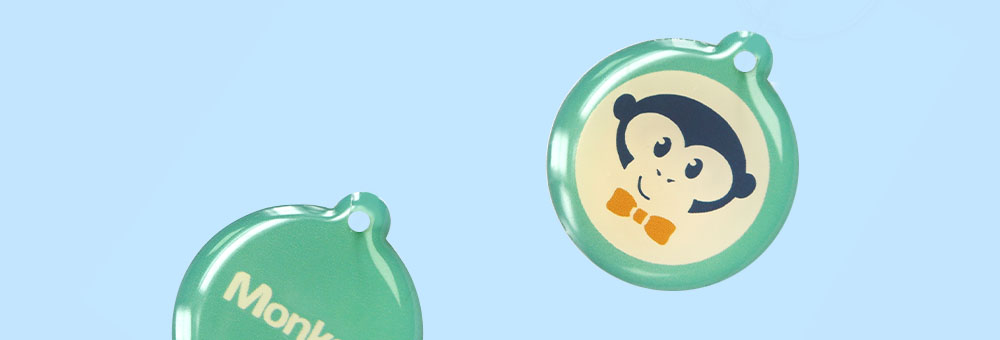
Epoxy refers to a thermosetting polymer with strong resistance and mechanical properties. It offers the most potent adhesive properties, and you can use it in different industries.
If you want a material that can cover embedded tags to offer resistance against a harsh environment, then epoxy is your ideal choice.
Additionally, most of the epoxy adhesives are solvent-free. This feature offers superb water, thermal, and chemical resistance.
Screws and Rivets

If you’re tracking mobile assets, such as vehicles, you’ll need a strong tag attachment technique. One of the surest ways to achieve that is by the use of screws.
While even the most potent adhesive can fade off, leading to a fall, screws & rivets offer a permanent solution. It can also be ideal to use an industrial environment with a lot of vibration and shaking.
Wire or Cable Tie
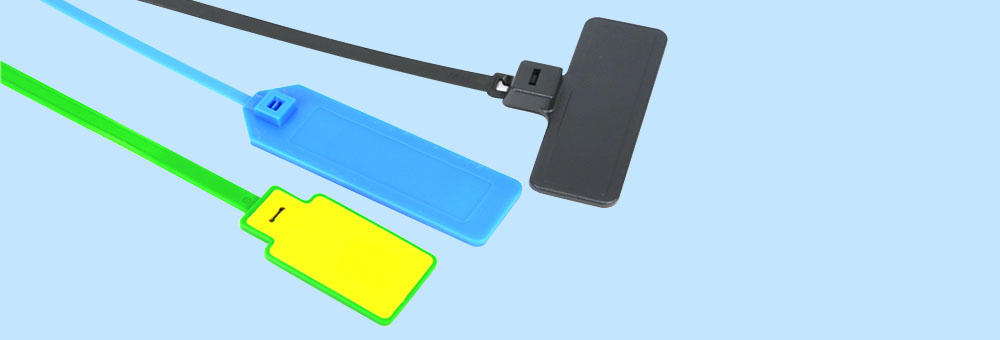
This technique will only apply if all you need is temporary tracking. It would be best if you only used it when all the other methods fail to work.
Ideally, wires and cable ties work best when you’re dealing with hard-to-tag assets such as cables/cords.
Sewn On
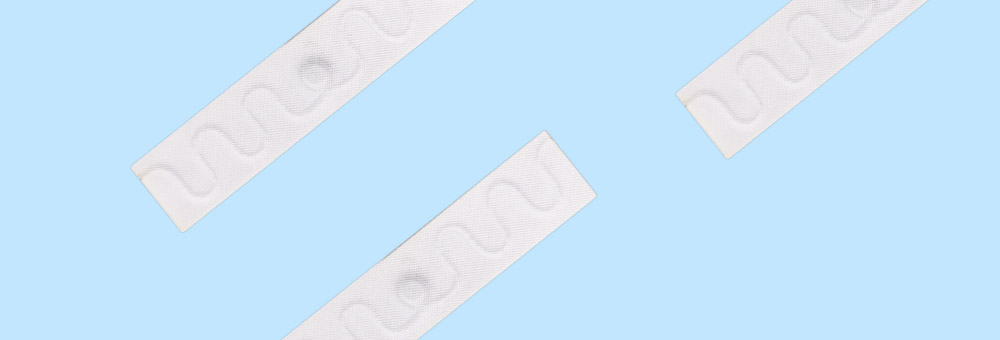
If you want to attach a tag on textile, then you’ll not have the luxury of using adhesives. As such, you should consider sewing the tags on the fabric for temporary tracking.
If you’re using the tag to track merchandise on transit, then you should ensure that:
- You Sew It Well to Avoid Falling Off. Don’t skimp the stitches hurriedly lest it falls off and you’ll lose track of your cargo.
- Fix It On an Easy-to-Find Location. This strategy ensures that the recipient will have an easy time locating and scanning the tag.
Also, you should ensure that the tag does not stick out too much. This way, you’ll minimize the chances of its removal by malicious people.
Hanging Tags/ Zip Ties
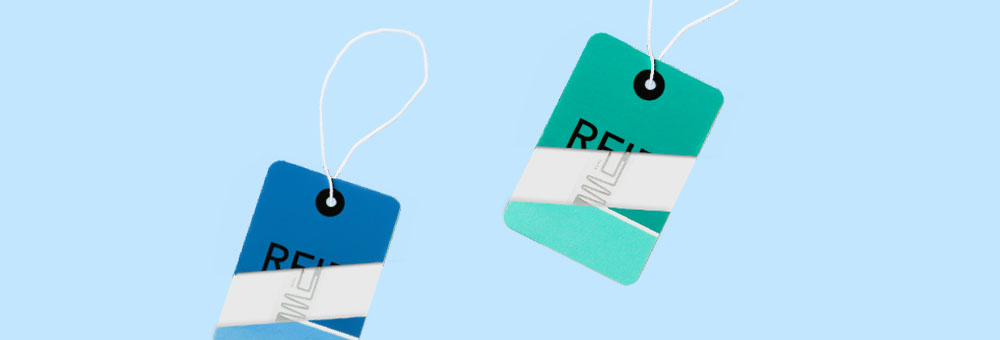
This method is only ideal if you need the tag to be attached temporarily. However, it would help if you select a safe location where thieves cannot remove them.
When using this technique, you should ensure that:
- You Attach the Tag in an Inconspicuous Place. Ensuring that it is difficult to find the tag guarantees security and minimizes chances of theft.
- Tie the Tag Tightly. Using zip ties will offer a firm grip and eliminate the chances of falling off. If you use a hanging string, you should ensure that you tie the tag tightly lest it slips off.
- Buy Sturdy Tags. Hanging tags are more prone to kicks and knocks than stationary ones. As such, this method of attachment requires that you have strong tags that cannot break easily.
Factors that Affect RFID Tags Attachment to Surfaces
- Surface of Attachment
Where do you want to mount your RFID tag? Answering this question will help you to identify the right tag. For example, attaching RFID tags on metal surfaces may affect their functionality.
Ideally, a metal surface will reflect the radio waves emitted by your RFID readers, which creates interference. This reflection prevents the tags from receiving the waves, thus affecting information transmission.
However, manufacturers have made RFID tags that are compatible with metal surfaces. You can embed them on metal without affecting its ability to respond to the reader’s signals.
If you’re tracking a metallic asset, you should always ensure that you select a tag that has been customized to work on a metallic surface.
- Environment
If you’re using an RFID tag in a liquid/aqueous environment, its functionality will likely be adversely affected.
As such, you should be careful to select an RFID tag that can attach well on wet surfaces. You should also ensure that it will work optimally in the aqueous environment.
- Application Life Span
Do you want a temporary or long-term RFID tag attachment option? If you want a temporary one, you should avoid strong adhesives. Instead, you can choose options such as zip and cable ties.
- Temperature
If you want to use your RFID tag in a relatively hot environment, you should ensure that your attachment method cannot melt. Some adhesives will loosen up when exposed to extreme temperature, which will lead to a fall.
However, you should always check whether you can use your RFID tag in high temperatures without affecting its efficacy.
Whichever method of attachment you choose for pasting your RFID tags, ensure that it does not affect the tag’s efficacy.
Relevant articles
- 5 Things You Must Know When Buying RFID Tags
- Are RFID Paper Tags Durable?
- RFID Labels: Why is it so popular?
- What is Proximity Key Fob?
- What is RFID tag? Learn about common RFID applications
- How Small Can an RFID Tag Be? And Where Does it Apply?
- 5 Things You Must Know About UHF Passive RFID Tags
- Buying RFID Tags and Equipment? Here is an All-Inclusive Guide
- What are RFID Tags?
- RFID Inlays, RFID Tags, RFID Labels – What is the Difference?

